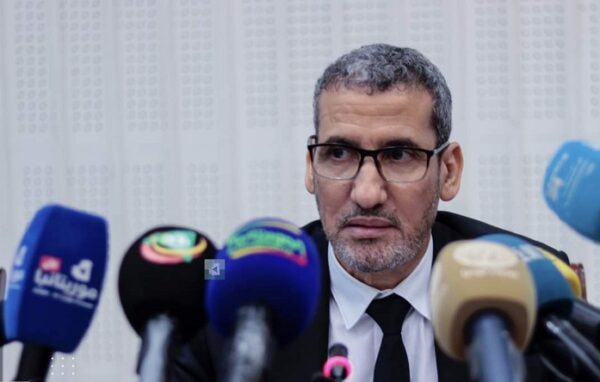The Monetary Policy Council of the Central Bank of Mauritania (BCM), meeting on August 15, 2025 under the chairmanship of Mohamed-Lemine Dhehby, Governor of the BCM, decided to lower the key rate to 6%, setting the lending facility rate at 6.5% and the deposit rate at 2%.
This decision comes in a context of marked disinflation: the year-on-year inflation rate dropped from 3.0% in July 2024 to 1.3% in July 2025. In these conditions, maintaining the previous level of rates would have led to an increasing gap between nominal and real rates, reinforcing the restrictive nature of monetary policy. With a key rate of 6% and an inflation rate of 1.3%, the implicit real rate remains above 4%, indicating a continued restrictive stance.
The monetary corridor remains wide: the lending rate at 6.5% and the deposit rate at 2% frame bank liquidity, discouraging passive arbitrage and preserving the incentive for disciplined interbank financing.
Regional perspective:
Compared to other monetary authorities in the region, the BCM maintains an intermediate level of rates. The Central Bank of West African States (BCEAO) has kept its key rate at 3.0% since September 2022, in an environment where UEMOA inflation has fallen below 3%. Bank Al-Maghrib in Morocco operates at 3.25%, with inflation close to 2% in mid-2025. On the other hand, the Bank of Algeria maintains a significantly more restrictive policy with a key rate set at 7%, in order to manage both excess liquidity from hydrocarbon revenues and internal inflationary pressures.
The comparison reveals three distinct profiles: UEMOA and Morocco anchored in a low-rate policy, Algeria on a restrictive line, and Mauritania in a middle position, with higher nominal rates but neutralized by low inflation, leading to mechanically high real rates.
Technical conclusion:
The BCM’s decision to lower rates is a recalibration aimed at avoiding excessive monetary tightening. It aligns domestic conditions with price dynamics while maintaining a cautious stance. The persistent gap with the practices of the BCEAO and Bank Al-Maghrib reflects the specific constraints of Mauritania: a narrow banking system, exposure to mining flows, and the need for larger safety margins.


